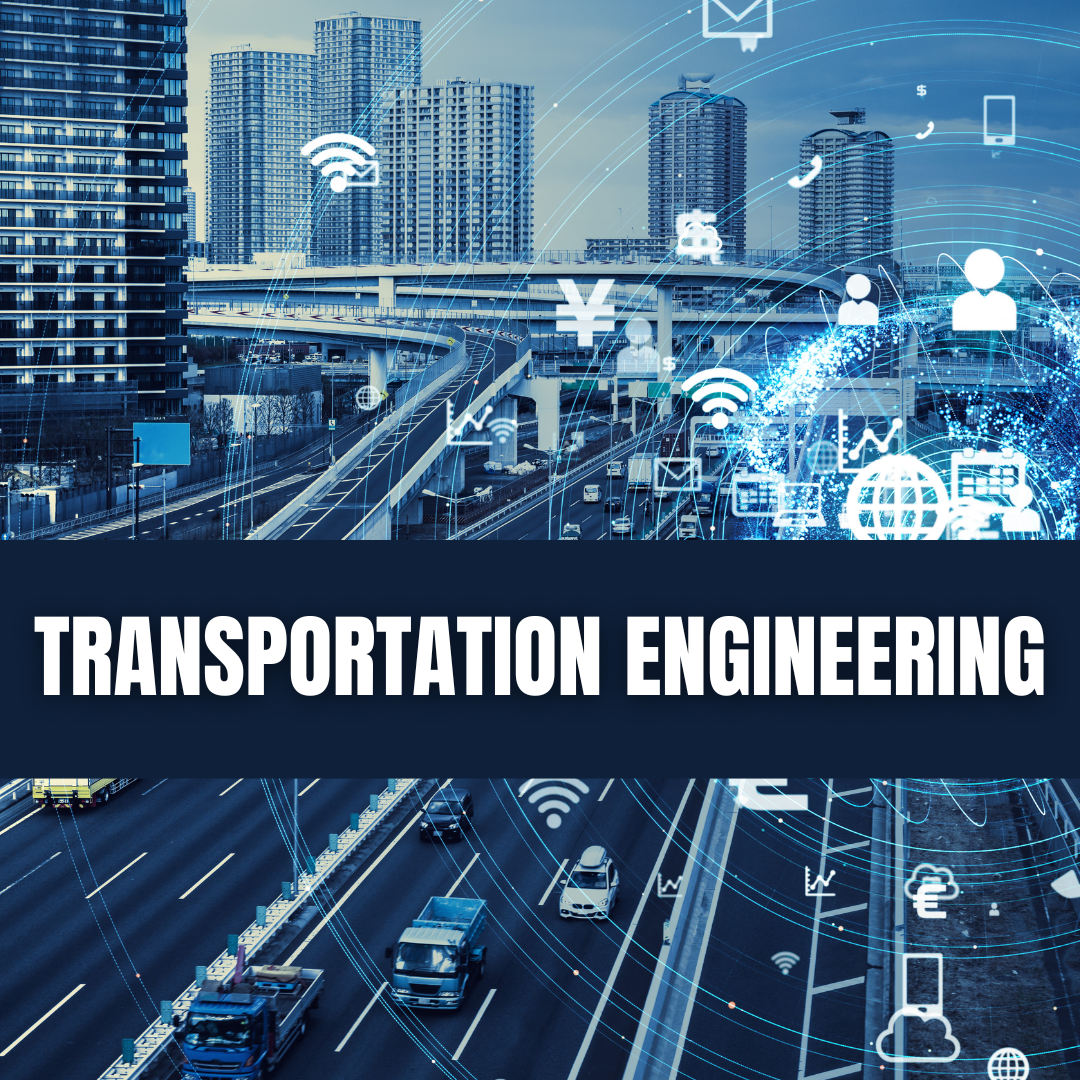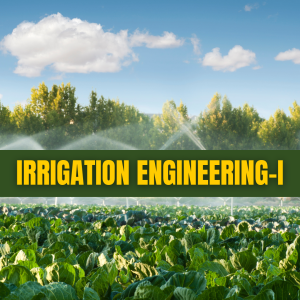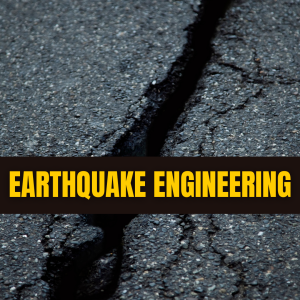Transportation Engineering
13.98$
About the course
In this subject, we will see how Technology and Scientific Principles are applied to the Planning, Functional Design, Operation, and Management of Facilities for any mode of transportation, in order to provide safe, rapid, comfortable, efficient, convenient, economical, and environmentally-compatible movement of people and goods.
What will you learn?
The complete online syllabus of this course comprises 5 Learning Modules | 95 Topics of Learning | 5 Hours of Learning | 41 Assessments
Module
- Introduction to Transportation Engineering
- Transport Planning
- Geometric Design
- Pavement Design
- Traffic Engineering
Topics of Learning
- Transport Systems; Major Disciplines of Transportation
- Other Important Disciplines , to Transportation community; Different Modes of Transportation with Comparison
- History of Highway Engineering; Highway Planning in India
- Various Committees and Plan after First World War
- Economic Role of Transportation; Social Role of Transportation
- Environment Role of Transportation; Political Role of Transportation
- Human Factors; Vehicle Factors
- Acceleration and Braking Performance; Road Factors
- Principles of Highway Planning; Classification of Roads and their Patterns
- Transport Modelling; Transport Demand and Supply
- Survey Design; Household Data
- Data Preparation; Other Surveys
- Types of Trip; Factors affecting Trip
- Mode Choice; Factors affecting Mode Choice
- Factors affecting Geometric Design; Classification of Roads: Nagpur Classification and Modern-Lucknow Classification
- Criterion of Road Classification
- Requirement of Ideal Alignment; Factors controlling Alignment
- Special considerations for Hilly Areas
- Pavement Surface Characteristics; Camber
- Width of Carriage Way, Formation and Right of Way; Kerbs and Road Margins
- Types of Sight Distance; Stopping Sight Distance
- Overtaking Sight Distance;Overtaking Zones
- Sight Distance at Intersection
- Design Speed; Horizontal Curve
- Analysis of Super Elevation
- Guidelines of Super Elevation;Radius Of Horizontal Curve
- Extra Widening
- Horizontal Transition Curves; Set Back Distance
- Curve Resistance
- Gradient; Types of Gradient
- Summit Curve; Types of Summit Curve
- Valley Curve; Comfort Criteria
- Safety Criteria
- Requirement of Pavement;Types of Pavement: Flexible and Rigid
- Failure Criterion
- Traffic and Loading;Structural Models
- Material Characterization; Environment Factors
- Subgrade Soil and Desirable Properties; Types of Soil
- Soil Ratio; CBR test and Plate Bearing Test
- Desirable properties; Test on Aggregates
- Soundness Test; Specific Gravity and Water Absorption Test; Bitumen Adhesion Test
- Production of Bitumen; Different Forms of Bitumen
- Requirement of Bitumen; Tests on Bitumen
- Objectives of Mix Design; Constituents of a Mix
- Types of a Mix; Different Layers in a Pavement; Requirement of Bituminous Mix Design
- Objective of Dry Mix Design; Selection of Aggregates
- Aggregate Gradation; Proportioning of Aggregate
- Marshall Mix Design; Specimen Preparation
- Properties of the Mix; Determination of Marshal Stability and Flow; Determine Optimum Bitumen Content
- Design Procedures; Equivalent Single Wheel Load
- Equivalent Single Axle Load; Material Characterization
- Scope; Design Criteria and Composition; Failure Criterion
- Design Procedures; Design Traffic
- Modulus of Subgrade Reaction; Relative Stiffness
- Critical Load Position; Equivalent radius of Resisting Section; Westergaard’s Stress, Temperature Stress and combination
- Types of Joints : Expansion Joint and Contraction Joint
- Dowel Bar; Bradbury’s Analysis and Design Procedure
- Traffic Stream Parameters; Speed
- Flow; Density and Types of Volume measurement; Derived Characteristics and Time-Space diagrams
- Relation between TMS and SMS; Speed-Density Curve, Flow-Density Curve; Speed-Flow Relation
- Measurement at a Point; Measurement at a Short Section
- Measurement over Long Distance; Moving Observer Method for Stream Measurement
- Greenshields’s macroscopic stream model; Calibration of Greenshields’s model
- Greenberg’s logarithmic model; Underwood’s exponential model
- Notations; Car following Models
- General motor’s car following model; Simulation model; Types of Simulation model
- capacity; Level of Service
- Types of facilities; Factors affecting Level of Service
- Requirement of Traffic Control Devices; Communication Tools
- Types of Traffic Designs
- Classification of Road Marking; Longitudinal Marking; Transverse Marking
- Object Marking; Word Messages; Parking
- Parking Statistics; Parking Surveys; Parking Requirements
- Ill-Effects of Parking; On-street and Off-street Parking
- Conflicts at an Intersection; Levels of Intersection Control
- Grade Separated and Channelized Intersections
- Advantages and Disadvantages; Guidelines for Selection
- Traffic operation and Capacity of a rotary
- Phase Design; Interval Design
- Pedestrian Requirements and Performance Measure
For a quick review, please watch our videos here 




